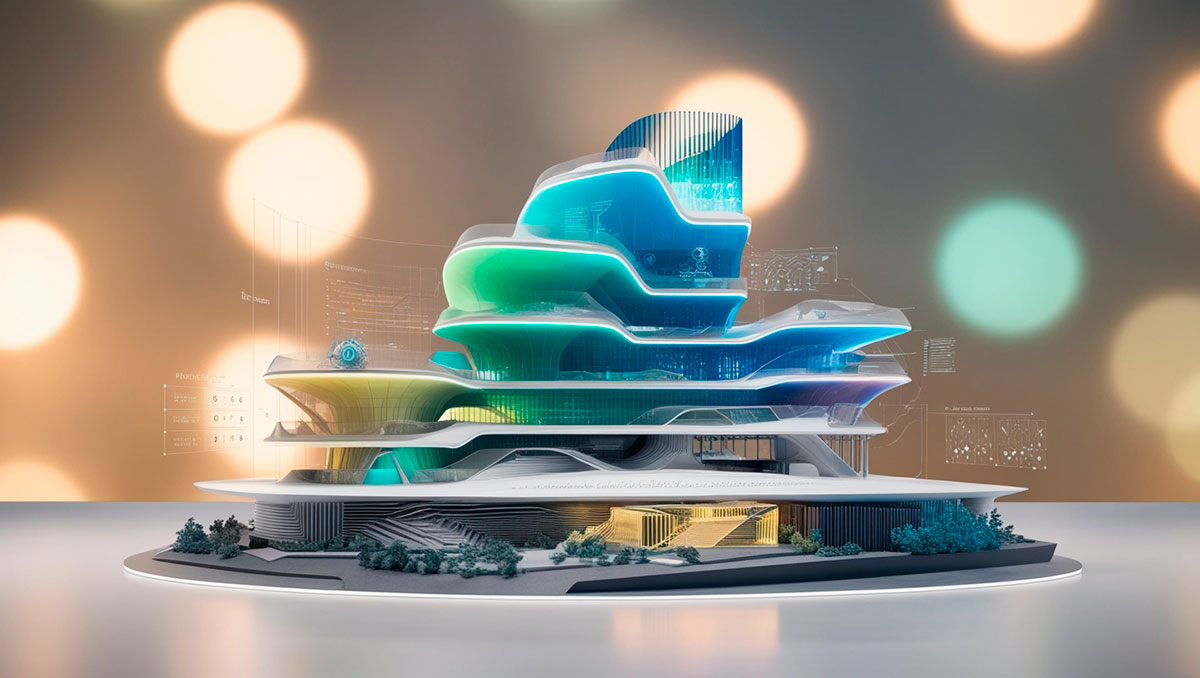Computational design is a methodology that uses algorithms and parameters to address design problems through advanced computer processing . In this way, each stage of the creative design process is converted into a coded language for the computer. The computer programme uses the data, along with project-specific parameters , to develop design models or analyses. Once the initial programming is done, this process is transformed into a versatile, dynamic and repeatable system.
In traditional design, the designer applies knowledge and intuition to develop a model using design software. However, this manual method limits the design options that can be explored, as time and available resources restrict them. However, computational design becomes a powerful and efficient tool to generate more varied designs and improve productivity. Let’s look at the types of computational design available:
Parametric computational design
Parametric design is an interactive process that uses a set of rules and parameters to control a model. The rules establish relationships between the different elements of the design, while the parameters are the specific values, such as dimensions and colours, that define it. Changing any of these parameters causes the algorithms to automatically update all associated design elements.

Computational generative design
In generative design, user-defined inputs are used to produce multiple design concepts that meet specific objectives. As in parametric design, rules and parameters are applied to define design requirements. In addition, the user inputs success metrics that will evaluate the results. In this case, artificial intelligence and cloud computing generate tens or even hundreds of design options, ranked according to these metrics.
Algorithmic computational design
Algorithmic design is an algorithm-driven approach. Although often used interchangeably with the term computational design, it can be thought of as a type of generative design. This approach uses algorithms, or a set of instructions that determine the solution to a problem, to produce architectural models.
By David González Molina, BIM Manager at Amusement Logic’s Architecture Dept.






